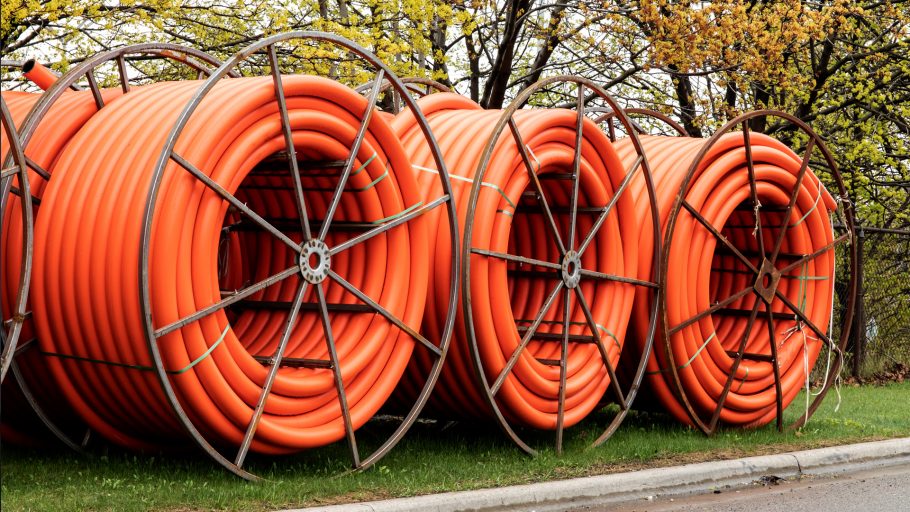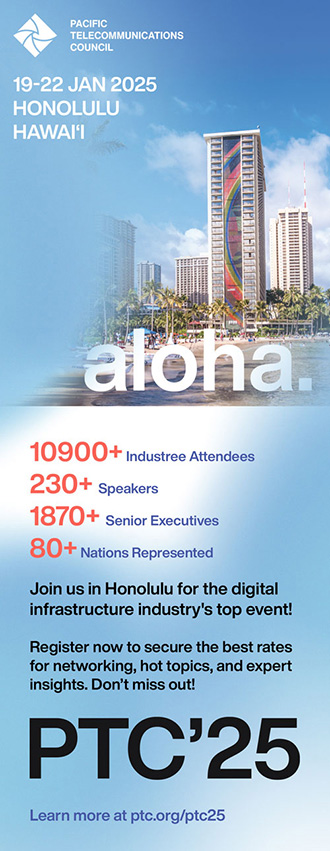I’ve spent most of my career working in infrastructure solutions and fiber deployments for large scale networks. The current excitement and work around bridging the digital divide is unparalleled. Families, business owners, community leaders, educators, health care workers, government sector everyone in every sector needs high speed broadband. It is no longer considered a luxury.
Unfortunately, it’s estimated 42 million Americans still do not have access to broadband, as reported using Federal Communications Commission (FCC) Form 477 data.
Kinetic by Windstream serves primarily rural communities. And by rural, I mean the average size of the communities we serve is 3,000 households. The financials of deploying network enhancements into rural America generally don’t stand on their own, despite the desire and expertise of providers in those areas.
Partnerships and public funding are essential to close the digital divide, especially for high-cost areas where the business case is difficult for providers.

As the Administration and Congress look to prioritize funding for states and local government to deploy broadband in underserved communities, we collectively have a once in a generation opportunity to build broadband infrastructure to the highest cost areas that are unserved or underserved. If communities miss this opportunity, these areas may be left behind for decades.
That’s why public private partnerships (PPP) with state, county and local entities are critical. It allows the combination of knowledge of the current area, infrastructure already in place, and existing customer support with the community goals for broadband deployment. Incumbent providers, like Kinetic, are often in the best position to partner with local entities because we own, operate and deploy networks at scale and are best positioned to mitigate the risks. We also live and work in our communities, which is big incentive to do a great job for our neighbors.
At Kinetic, we are currently involved in a multi-year $2 billion investment to deploy fiber deep into our existing network. We support a “fiber first” approach for expanding future-proof networks in unserved and underserved communities. A fiber investment will ensure that money spent today will last for many years.

As with any use of public dollars, communities who engage in these partnerships should create measurable goals with their partner. The key objectives of any broadband project should include clear definitions of how to meet broadband needs now and in future decades. Leaders should consider things like which locations need to be served or are eligible for funding, what are the required speeds going to be, and what are the technology requirements of the community.
ABOUT THE AUTHOR
Marc Dyman is the Senior Vice President of Kinetic Wholesale and Public Private Partnerships by Windstream. Kinetic is a privately held communications and software company. Kinetic provides premium broadband, entertainment and security services through an enhanced fiber network to consumers and businesses primarily in rural areas in 18 states.



